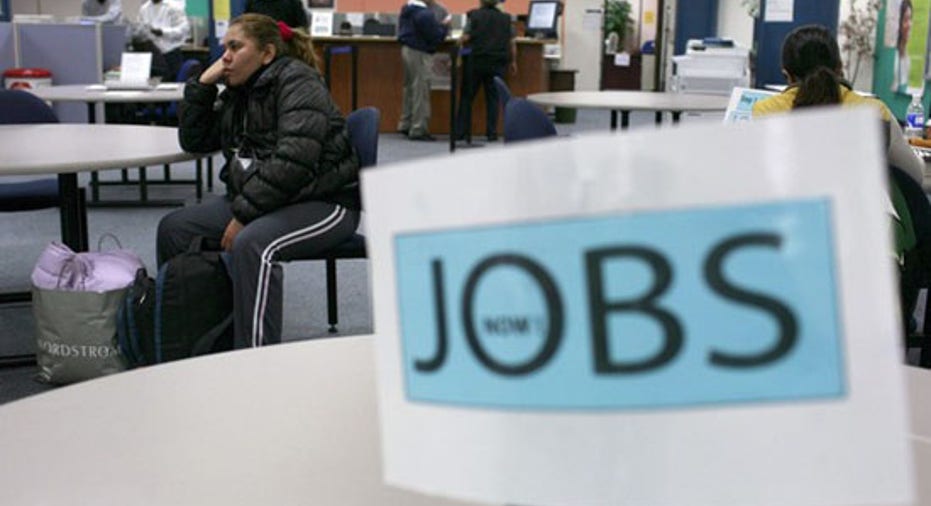Hidden Bombs in the Unemployment Numbers?

U6. No, it's not some kind of explosive, but it could be considered a landmine in the economic recovery.
The Labor Department reported Friday that employers added 69,000 jobs in May, the fewest in a year and considerably short of the 158,000 new positions economists expected. The unemployment rate ticked up to 8.2% from 8.1% in April -- the first increase in almost a year. The government also revised downward earlier estimates of job growth for March and April, shaving 11,000 and 38,000 jobs, respectively.
“This is going to cause a lot of people to re-think the pace of recovery and their stance on policy,” says Paul Edelstein, an economist at IHS Global Insight. “Given what happened in April, it’s a game changer. A lot of forecasts will have to be re-examined, this is a big hit.”
At this rate, the economy is creating on average 73,000 jobs a month over the last two months, impeding any progress in the economic recovery. Indeed, it might spur the Federal Reserve to step in to prevent the economy from slipping back into a recession.
“We have all been assuming that the Fed wasn’t going to ease again, but that is becoming more unlikely,” Edelstein says. “They might go for another Twist program, sterilized bond purchases or another outright quantitative easing.”
In a healthy economic landscape, the unemployment rate tends to sit around 6%. “With these kinds of numbers, we aren’t going to hit an unemployment rate of 6% for another five years,” says Beth Ann Bovino, deputy chief economist at Standard & Poor’s.
In a briefing Friday, Treasury Official Jan Eberly, downplayed the numbers, saying, “monthly numbers can be volatile and estimates are always subject to change.” She stressed the economic recovery picture had to be viewed within the backdrop of the current global economic situation and the financial crisis.
While the jobless rate is a major roadblock for economic growth, another big concern is the labor force participation rate that is holding near a 30-year low, and the increase in U6, the unemployment rate that includes discouraged workers.
Last month, the labor force participation rate, which is the percentage of working-age Americans who hold jobs or are looking for jobs, climbed to 63.8% from 63.6%, the lowest level since 1981. In 2007, the rate was 66.4%.
“What's unprecedented during this recession is we've had a real drop in the labor force,” Keith Hall, former commissioner of the Bureau of Labor Statistics, told FBN’s Rich Edson. “Something like over 2% of the population has dropped out of the labor force, which is very unusual. That's unprecedented -- that amounts to something like six million people who are out of the labor force, who normally would be in the labor force.”
Bovino adds that the participation rate will hinder any future growth. “The participation rate means production isn’t getting done, which means growth isn’t going to be strong if we continue at this level.”
The U6, which includes everyone who is out of work -- whether they are actively seeking a job, only working part time or have given up looking for a job -- rose to 14.8% last month from 14.5% from April. While the increase is small, Bovino says it shows labor market underutilization.
“The bump was small, but still continues to show the excess capacity in the labor market. Businesses aren’t hiring and this means we have excess capacity. We want to see this number around 10%.” She added that this number has dropped significantly from the 20% it neared during the financial crisis.
Bovino is also concerned with the long-term employment situation. There are currently more than 12.7 million people unemployed people in the U.S., and 42.8% of them have been out of work for more than 27 weeks.
“That is a significant amount of people sitting idle on the sidelines. They are losing the skills to get back into the workforce, which just perpetuates the problem and continues to do damage to income levels.”